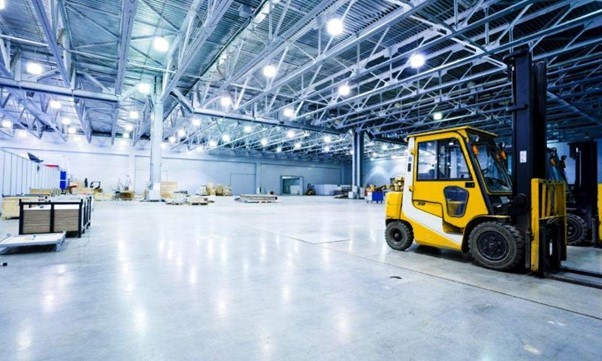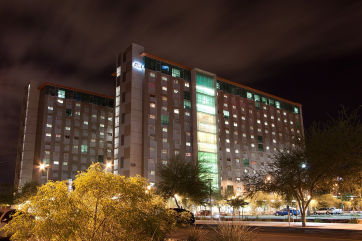How LED Lights Function and their Importance in the Industrial Sector?
By Patrick JonesInvesting in good lighting is an informed decision and a wise choice that can benefit your business as an entrepreneur. Proper visibility is among the many significant roles of lighting besides outdoor and indoor security.

In addition, well-lit spaces provide a convenient working environment and reduce the risks for trips and fall among your employees. The primary concern for most people when installing lighting systems is the bills, maintenance and durability that come along with it. Thanks to technological advancements, you can now get heavy-duty LED lighting products from Phoenix lighting for large spaces, including industries, terminals, and airports.
What LED lights are and their work mechanism?
Light-emitting diode (LED) is an advanced lighting technology used today instead of incandescent bulbs, which may have performance issues. LED lights do not rely on heat to produce lights but instead contain a diode - semi-conducting material which allows electric current to pass through and, in turn, emit light.
LED lighting products emit little heat compared to CFLs, which release 80% of their energy, and incandescent bulbs remove 90% of their power. LEDs produce light in a particular direction which makes them ideal for multiple industrial uses.
The Benefits of LED lighting in industrial sectors
They are cost-effective
While installing an LED lighting system in large spaces like airports, industries, and mining sites may be expensive, this lighting is energy efficient. It saves an industrial area from incurring substantial electrical bills. Its durability is 40 times higher than that of other lighting methods.
However, its durability is based on various factors, including usage. A typical incandescent bulb only lasts one thousand hours compared to LED light with a span of more than 100,000 hours.
Another reason why LED lighting is cost-effective is that it requires more minor replacements and maintenance. This is a massive plus for financial savings, making LED lights an intelligent investment for any business.
High performance in cold areas
LED lights performance improves by about 5% in cold environments. This makes LED lighting products suitable for cold storage spaces, such as freezers and meat lockers. When it comes to other lighting methods, a drop in temperature requires a very high voltage to light up.
The brightness of the lights also diminishes in places with low temperatures. Most manufacturing industries use this lighting for parking spaces and building perimeters since they perform even better in the cold.
LED lighting is environmentally friendly
When running an industry, you want to ensure that the space is eco-friendly and safe for your employees. Today, most people need a guarantee that their work environment is safe and free from hazardous conditions. This requires special attention, primarily upon the end of their lifespan.
Several traditional lighting techniques, such as fluorescent lighting, contain mercury on the inside. Another hazardous-free benefit of LED lighting is that it has no mercury, making it efficient for the industrial sector.
There are no heat-ups when it comes to LED lighting
Excessive heating is one of the significant downsides of using traditional lighting such as incandescent bulbs. LED's thermal management plays a vital role in its successful performance and longevity.
Conventional lighting methods such as incandescent bulbs turn 90% of the energy they use into heat, making them very hot when in use. With LED, the heat produced is dissipated within the surrounding environment, preventing overheating and burning out.
Withstand frequent switching
Production and manufacturing industries involve frequent switching of lights. Traditional lighting may not withstand this and may burn out in no time. Fluorescent lights, on the other hand, take time and flicker when you turn them on. However, LED lights are effective in such instances as they come on quickly and do not require extra time before producing energy.
Industries require steady lighting, and upon a blackout or power surge, you want to ensure your lights do not take a lot of time to light up. LED lighting is also efficient for outdoor areas with sensors or detectors.
Its flexibility and efficiency are among the primary reasons LED lighting has become more popular in the industrial business sector. The flexible design of LED lighting gives it a wide array of uses, from lighting up small spaces to extensive areas such as a football stadium.
Other departmental areas that benefit from LED lighting include governmental organizations. Visit Phoenix lighting for durable, efficient, and cost-effective lighting options to use in your manufacturing industry.
* This is a contributed article and this content does not necessarily represent the views of universityherald.com








